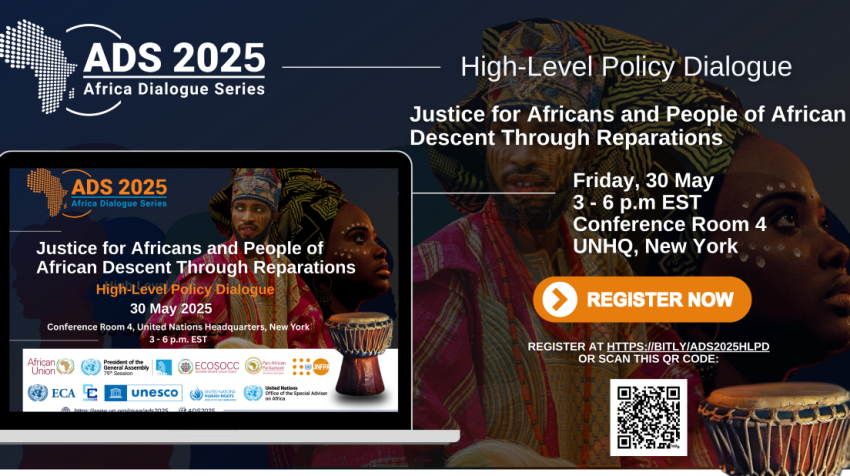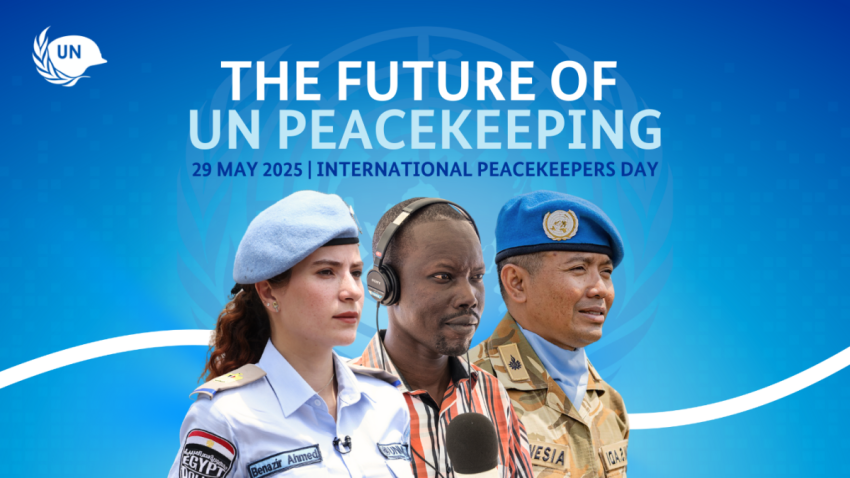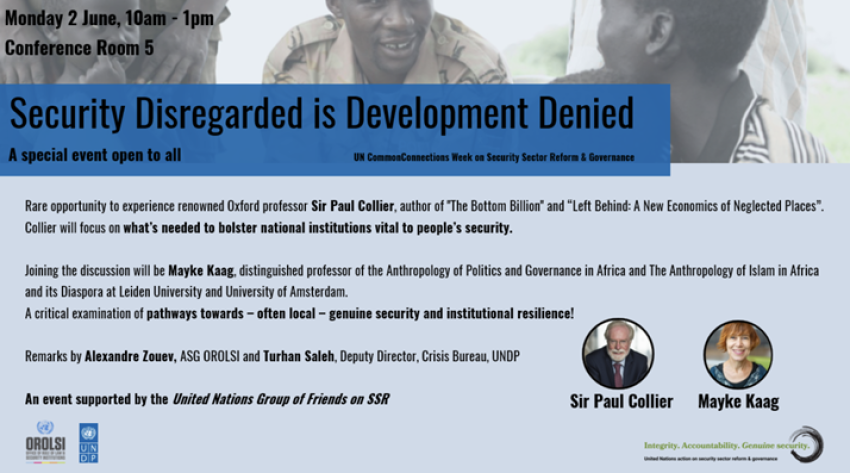Forced labour and marriage have increased significantly over the last five years, according to a new UN report.
The latest Global Estimates of Modern Slavery, published by the International Labour Organization, International Organization for Migration and international human rights group Walk Free, revealed that last year, some 50 million people were living in modern slavery: 28 million in forced labour and 22 million in forced marriages.
“It is shocking that the situation of modern slavery is not improving,” said ILO Director-General Guy Ryder.
“Nothing can justify the persistence of this fundamental abuse of human rights”.
Cross-cutting slavery
Compared to 2016 global estimates, 10 million more people were in modern slavery in 2021, with women and children disproportionately vulnerable.
Modern slavery occurs in almost every country in the world and cuts across ethnic, cultural and religious lines.
More than half of all forced labour and a quarter of all forced marriages can be found in upper-middle-income or high-income countries.
‘All-hands-on-deck approach’ needed
Eighty-six per cent of forced labour cases are found in the private sector, with forced commercial sexual exploitation representing 23 per cent – almost four out of five victims of whom are females.
State-imposed forced labour accounts for 14 per cent, of which nearly one in eight, or 3.3 million, are children.
More than half are in commercial sexual exploitation.
Forced marriage
Last year, an estimated 22 million people were living in forced marriage, representing a 6.6 million increase over 2016 global estimates.
The true incidence of forced marriage, particularly involving children aged 16 and younger, is likely far greater than estimates capture since they are based on a narrow definition that excludes some child marriages. They are considered forced because a minor cannot legally consent to marry.
Forced marriages are highly context-specific as they are linked to long-established patriarchal attitudes and practices. The report shows that more than 85 per cent are driven by family pressure.
Based on regional population size, 65 per cent of forced marriages are found in Asia and the Pacific. Arab States have the highest prevalence, with 4.8 out of every 1,000 people in the region in a forced marriage.




